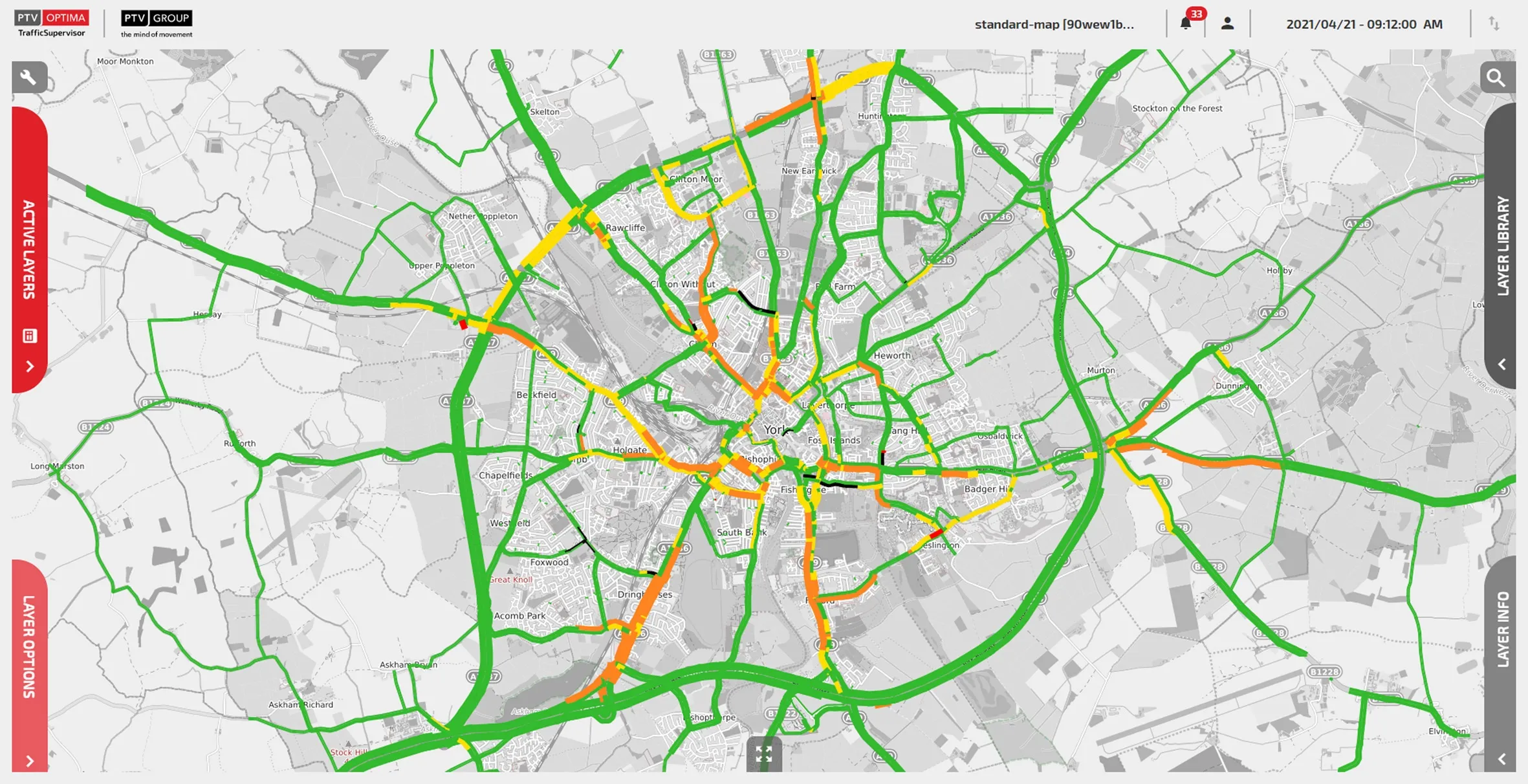Fujinon has introduced two newly developed, 2/3" sensor size 5 Megapixel lenses for day/night applications: the HF35SR4A-1/SA1, with a focal length of f=35mm and F2, and the HF50SR4A-1/SA1, offering f=50mm and F2.8. Iris control can be either manual or automatic, by DC signal. Due to the combination of high resolution and IR correction, the company says these lenses are ideally suited for CCTV and security as well as for traffic applications, such as automatic number plate recognition.
February 2, 2012
Read time: 1 min

The company has also added to its growing range of 3 Megapixel vari focal lenses for 1/3" and 1/2", including the DV10x8SA-1/SA1, which has a focal length range of 8~80m









